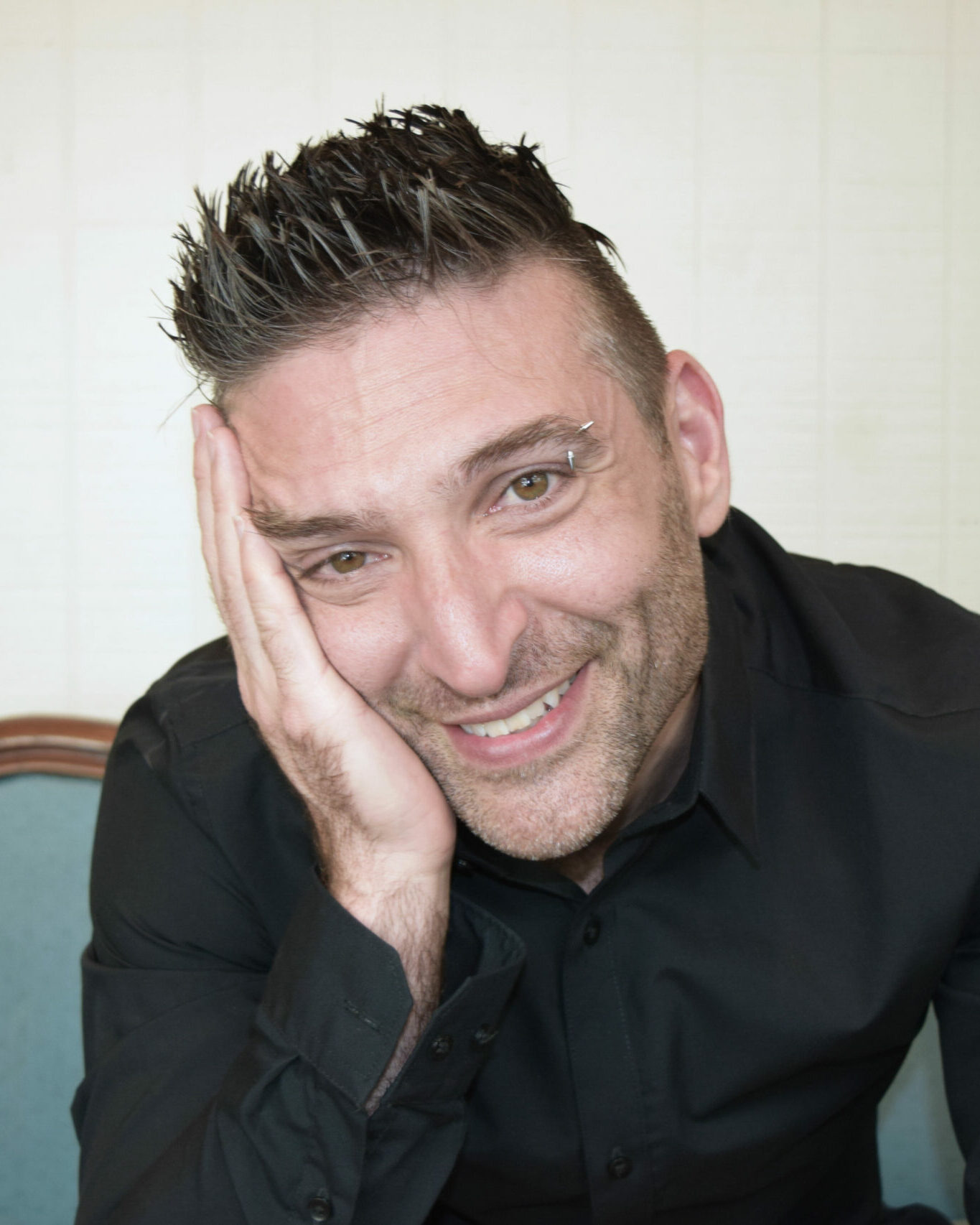Biography
Christopher Mirto is a director, teacher, sometimes producer, and sometimes actor. Starting out as an actor, training at Stella Adler Studio of Acting while a student at New York University’s Tisch School of the Arts, Mirto found directing through a series of extraordinary events. He went to Yale School of Drama, where he earned a master’s degree in directing, studying with Liz Diamond, Tina Landau, David Chambers, and Robert Woodruff.
Specializing in contemporary and new opera, he created Oberlin Conservatory’s first New Opera Commissioning Program. Mirto’s career highlights include performing in two of Richard Foreman’s plays at the Ontological-Hysteric Theatre in New York City, playing Christina Crawford opposite Joey Arias in Christmas with the Crawfords, and directing a revival of Dionysus in 69 at the Performing Garage. He also adapted and directed a 99-minute Hamlet, co-wrote Three Sisters, or The Dormouse’s Tale with Brian Valencia, and is part of the writing team (with Evan Mack and Josh McGuire) of The World Still Needs You, Boris Yeltsin!
He is a frequent director with the Norwalk Symphony Orchestra in Connecticut and with Opera-Tunity, an organization that creates operas based on myths from underrepresented cultures, performed by professional musicians and singers for elementary school students. He has directed operas at Opera Columbus, Manhattan School of Music, Curtis Institute, and with the Longfellow Chorus in Portland, Maine.
Currently he is the Producing Director of Kentucky Opera in Louisville, Kentucky. He has been on the faculty at Oberlin Conservatory, Southern Connecticut State University in New Haven, and Philadelphia’s University of the Arts. He spent a year as the artistic directing apprentice at Studio Theatre in Washington, D.C. He is also the Vice President of the Board of Outsider Opera in Ashland, Oregon.
Mirto is interested in investigating the intersection of opera and theater and the marriage of precision and immediacy. His teaching and directing work examine the role of opera in the 21st century and how contemporary audiences connect to and contextualize it.

